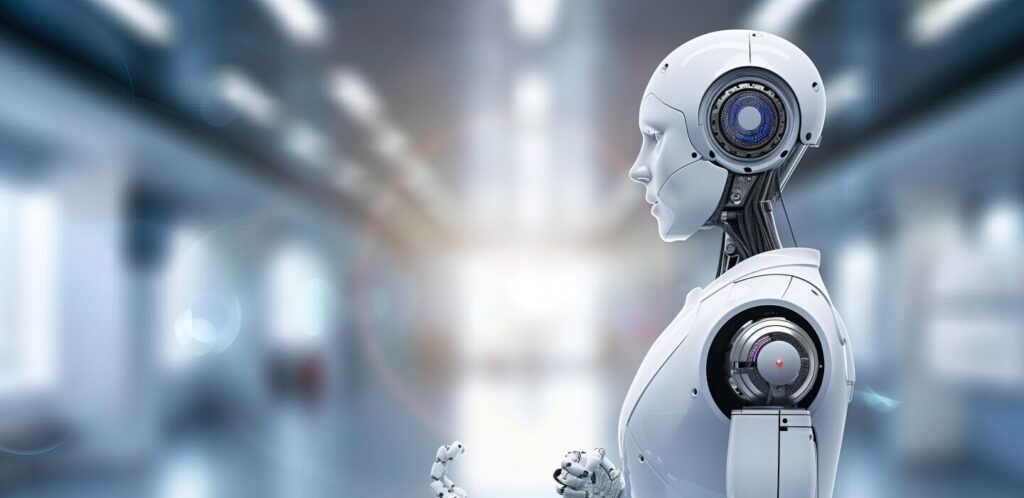As the world continues to embrace rapid technological advancements, the surge in interest in humanoid robots is reshaping expectations and stirring excitement across various sectors. Key figures in the tech industry, such as Nvidia’s CEO Jensen Huang and Tesla’s Elon Musk, have highlighted their potential, sparking investors’ enthusiasm. Yet, while American tech giants are heavily investing in this domain, experts caution that China might outpace them by emulating its earlier success in the electric vehicle industry.
Humanoid robots are evolving at an impressive pace, transitioning from the realms of science fiction to being operational in real-world scenarios. Companies like Figure are pioneering innovations in robot locomotion, utilizing reinforcement learning to achieve natural, fluid movements in their robots. The company’s Figure 02 model exemplifies this progress, where simulation techniques enable these robots to walk with human-like smoothness. The use of domain randomization has surmounted the barriers between simulated environments and real-world applications, fast-tracking the deployment of robotic fleets with sophisticated movement capabilities.
In the realm of service robotics, this technological wave is anticipated to revolutionize sectors far beyond manufacturing. As professional service robots become more prevalent by 2030, they are expected to take on roles in healthcare, maintenance, and customer service, driving an industry projected to be worth $170 billion. This expansion is spearheaded by the need for increased efficiency, labor solutions, and a response to demographic changes, particularly in nations grappling with aging populations.
The implications of integrating robots into healthcare are particularly transformative. These robots promise improvements in surgical precision and reduced recovery times, with advanced surgical robots on the horizon that aim to surpass the capabilities of existing systems like the Da Vinci robot. In logistics and e-commerce, service robots are enhancing operations by optimizing supply chains and improving delivery systems, readying businesses for a more automated future.
However, the integration of humanoid robots doesn’t come without its challenges. As with any connected system, cybersecurity remains a significant concern, as robots are susceptible to hacking and malfunctions. Mitigating these risks is crucial as the deployment of robots in sensitive environments increases.
Government applications of robotic process automation (RPA) are already making significant strides. The U.S. government’s Federal Robotic Process Automation Community of Practice, for instance, is harnessing RPA to improve agency efficiency and citizen services, showcasing the transformative potential of robotics in enhancing public sector performance.
As the cost of producing general-purpose humanoid robots plummets—from an estimated $100,000 down to predictions of under $20,000—their presence may soon extend into domestic settings, becoming commonplace features in affluent homes worldwide.
This burgeoning field of humanoid robotics offers a tantalizing glimpse into a future where machines work alongside humans, carving new pathways for productivity and innovation while also demanding vigilance in terms of ethical and security concerns.


